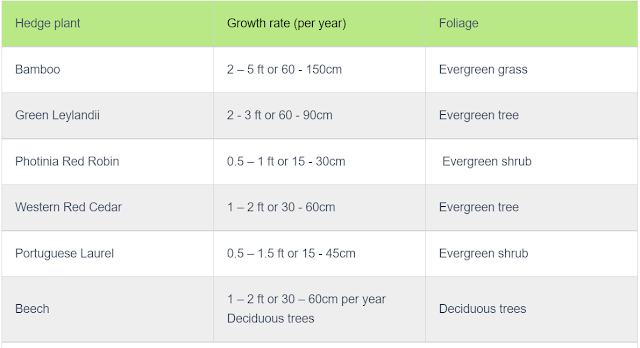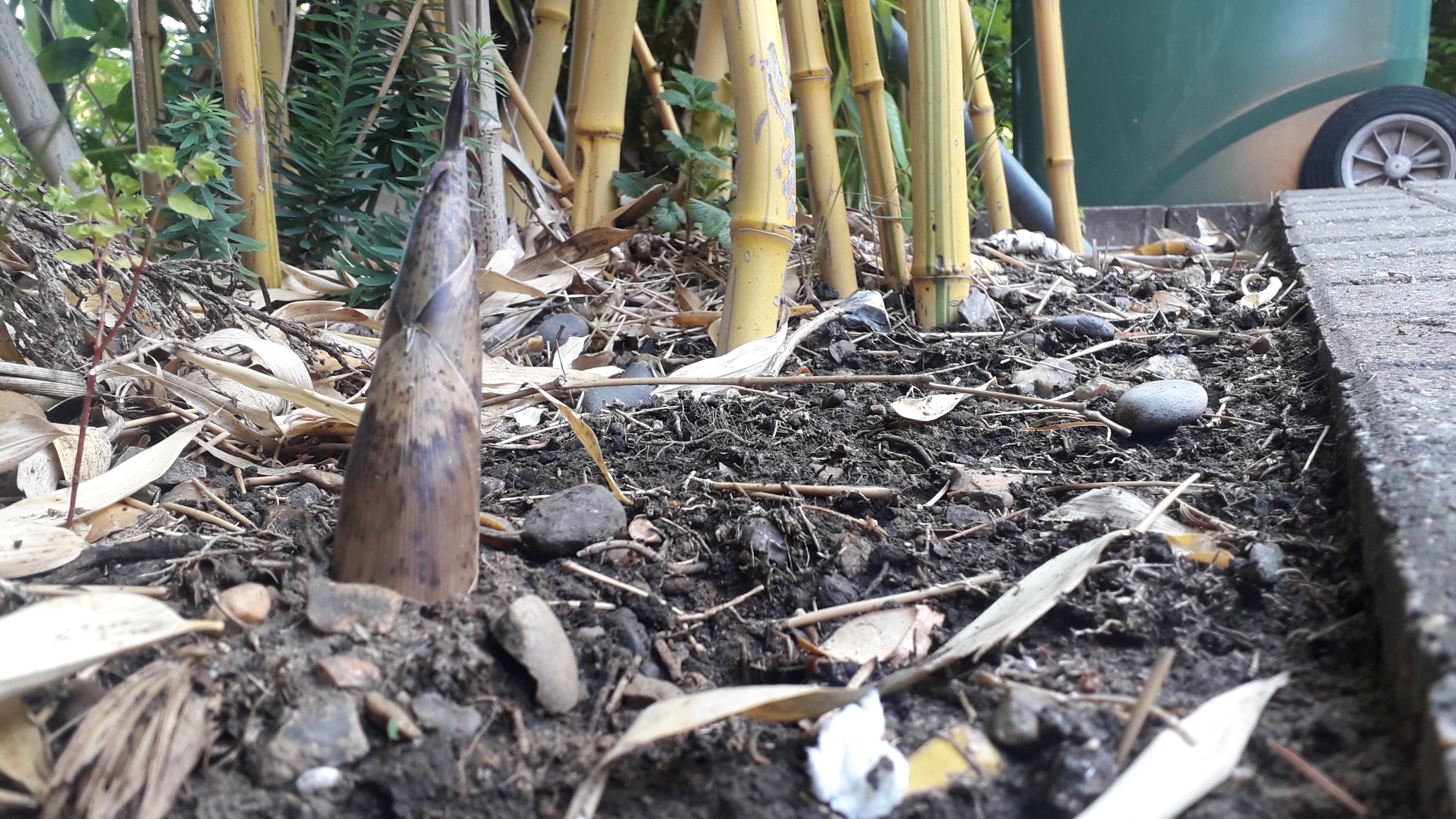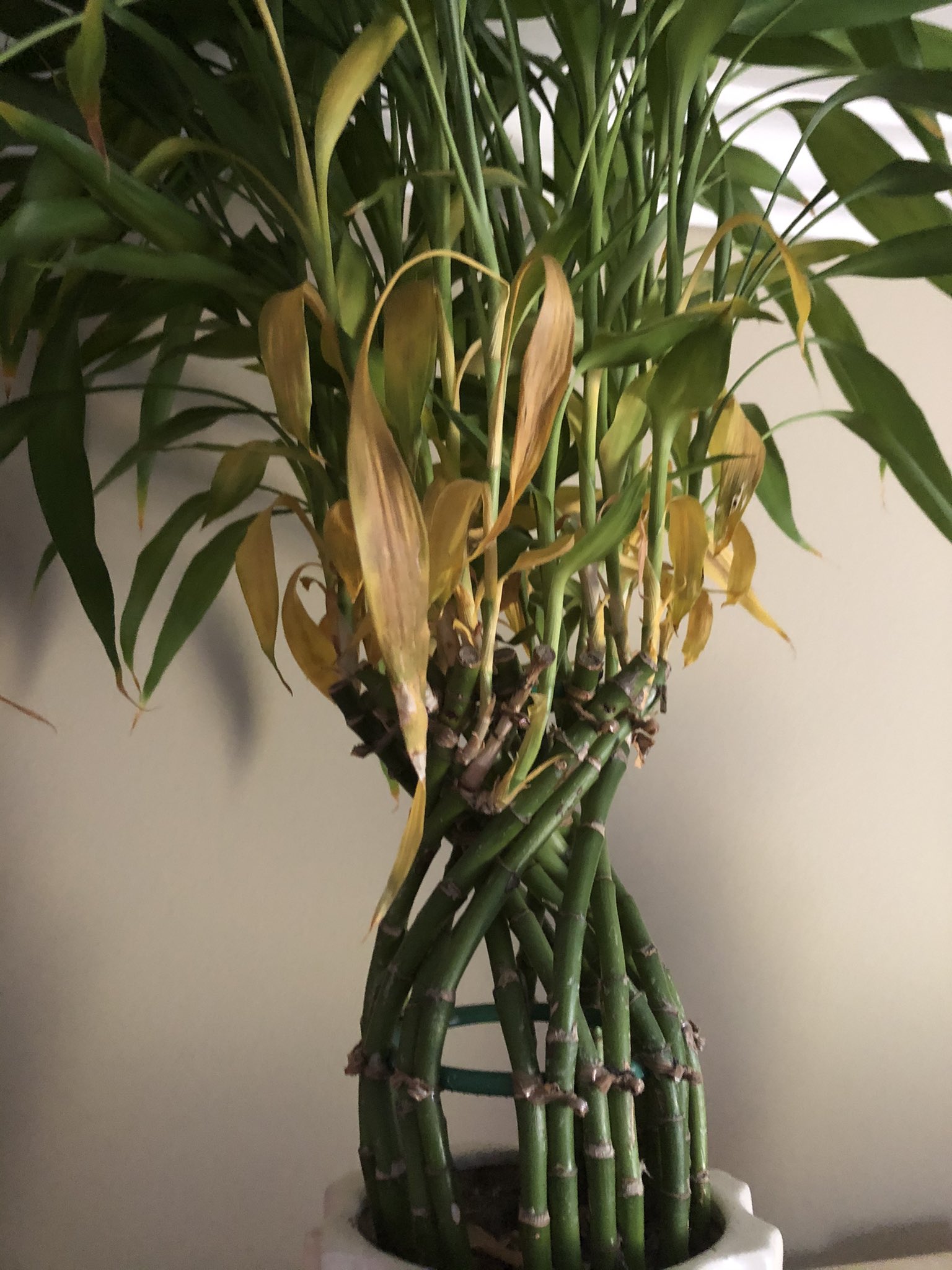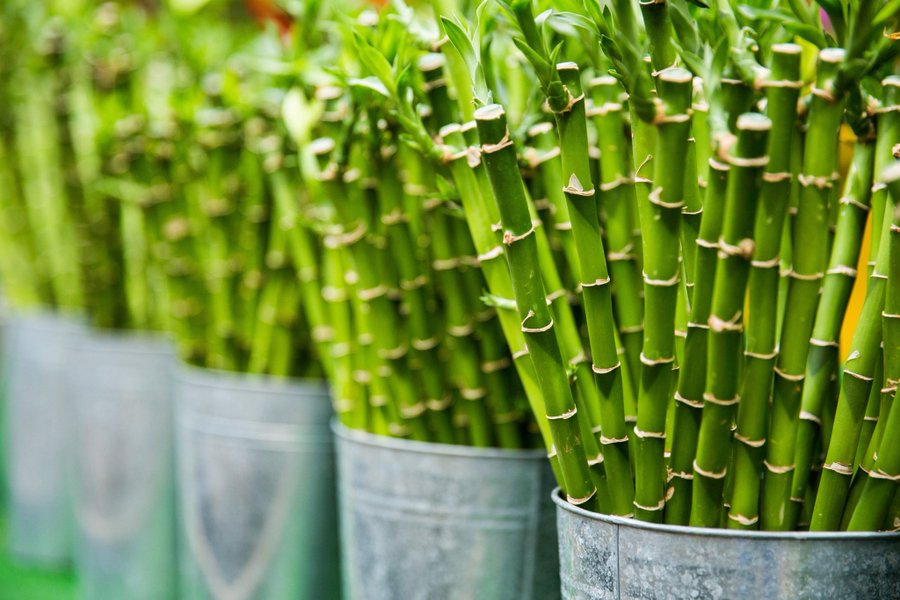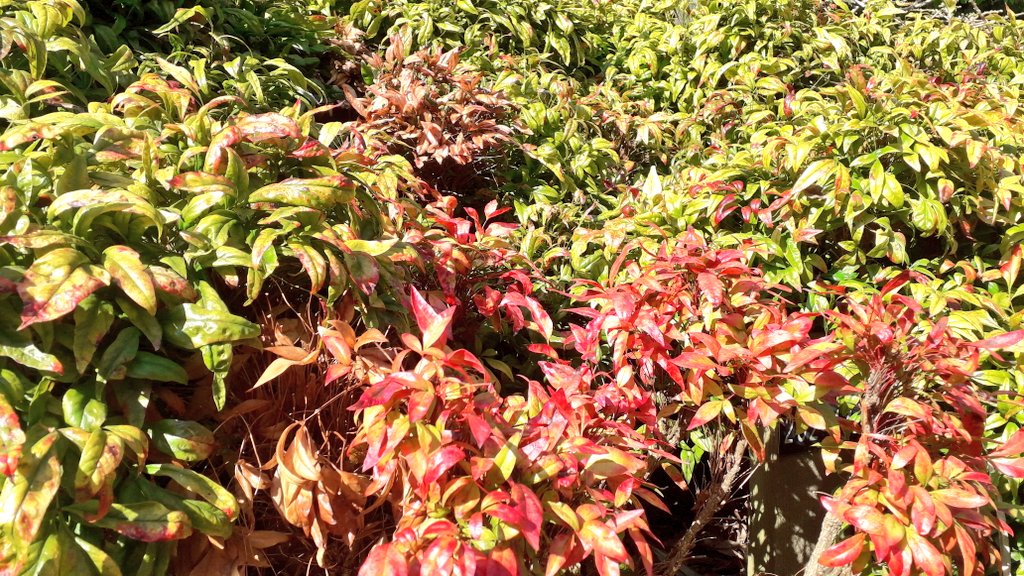Pumpkin seeds are a popular snack enjoyed by people all over the world. They are also an essential part of growing pumpkins, making them a favourite of UK gardeners who love to grow their own produce.
In this article, we will explore everything you need to know about pumpkin seeds, including their benefits, how to separate them from pulp, how to dry them out, and how to prepare them for consumption.
Are Pumpkin Seeds Edible?
Yes, pumpkin seeds are edible and are considered a healthy snack. They are a good source of protein, healthy fats, fibre, and other essential nutrients.
Pumpkin seeds can be eaten raw or roasted and are often used in baking, cooking, or as a garnish on top of salads.
How to Separate Pumpkin Seeds from Pulp
To separate pumpkin seeds from the pulp, start by cutting the pumpkin open and removing the seeds with a spoon.
Place the seeds in a colander and rinse them under running water to remove any remaining pulp. Next, spread the seeds out on a paper towel and allow them to dry overnight.
How to Dry Out Pumpkin Seeds
To dry out pumpkin seeds, start by cleaning them as described above. Then, spread the seeds out in a single layer on a baking sheet and leave them in a warm, dry place for a few days until they are completely dry.
Alternatively, you can dry them in the oven at a low temperature (around 160°F) for 15-20 minutes.
How to Dry Pumpkin Seeds
Drying pumpkin seeds is an essential step if you plan to store them for later use.
After cleaning and drying the seeds, place them in an airtight container and store them in a cool, dry place.
Pumpkin seeds can last up to six months if stored properly.
Air Fry Pumpkin Seeds
Air frying pumpkin seeds is a healthy alternative to traditional roasting.
To air fry the seeds, toss them with a little bit of olive oil and your favourite seasoning.
Place the seeds in an air fryer and cook at 350°F for 10-12 minutes, stirring occasionally, until they are crispy and golden brown.
How to Sow Pumpkin Seeds
To sow pumpkin seeds, start by preparing the soil. Pumpkins prefer well-drained, fertile soil with a pH of 6.0-6.8.
Plant the seeds 1-2 inches deep and 3-5 feet apart, depending on the variety.
Water the seeds well and keep the soil moist until the seeds germinate, which can take anywhere from 5 to 14 days.
How to Bake Pumpkin Seeds
Baking pumpkin seeds is an easy and delicious way to enjoy them as a snack. To bake the seeds, toss them with a little bit of oil and your favourite seasoning.
Spread the seeds out in a single layer on a baking sheet and bake at 350°F for 10-15 minutes, stirring occasionally, until they are crispy and golden brown.
How to Eat Pumpkin Seeds
Pumpkin seeds can be eaten raw or roasted, and they make a great snack on their own or as a topping for salads and soups.
You can also use them in baking and cooking to add a crunchy texture and nutty flavour to your dishes.
Grow and Prepare Pumpkin Seeds
Pumpkin seeds are a versatile and healthy snack that can be enjoyed in many ways.
Whether you're growing pumpkins in your garden or simply looking for a nutritious snack, pumpkin seeds are an excellent choice.
With the information provided in this article, you can now prepare and enjoy pumpkin seeds





